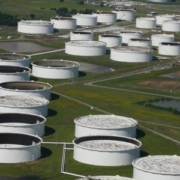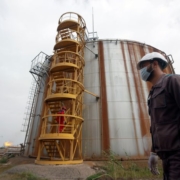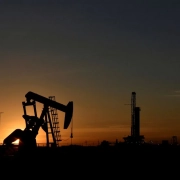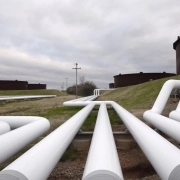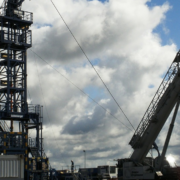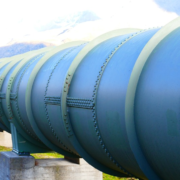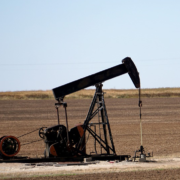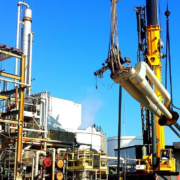Wild spikes in the prompt time spread for oil product futures in the United States. This suggested that crude oil supply is set to tighten further, adding upward pressure to prices, Bloomberg has reported. Basically, high price of oil is expected to continue moving.
According to the report, the time spread, which is the price difference between oil derivative futures for immediate delivery and those for delivery during the next month, has logged intraday differences of as much as $0.54.
It normally moves by just a few cents a day.
According to some observers, this means that the government may soon start releasing oil from its strategic reserve—something there have been reports about as Washington struggles to keep prices at the pump under control.
“Cushing is the only place where there’s surplus crude and that’s going to start being pulled quickly,” according to hedge fund manager Gary Ross, who spoke to Bloomberg. “That sets the stage for an explosive move on WTI structure. It has doubled in the last two days and it could double again quite quickly.”
Some are already talking about three-digit prices for oil before this year’s end.
Click here to read the full article
Source: Oil Price
If you have further questions about the topic, feel free to contact us here.

